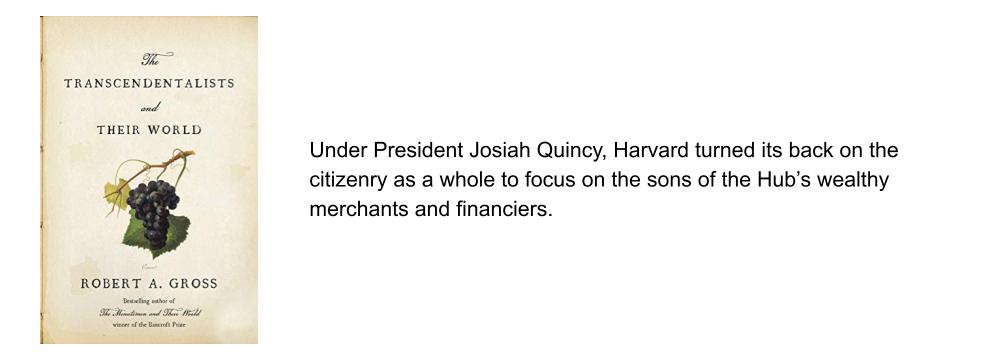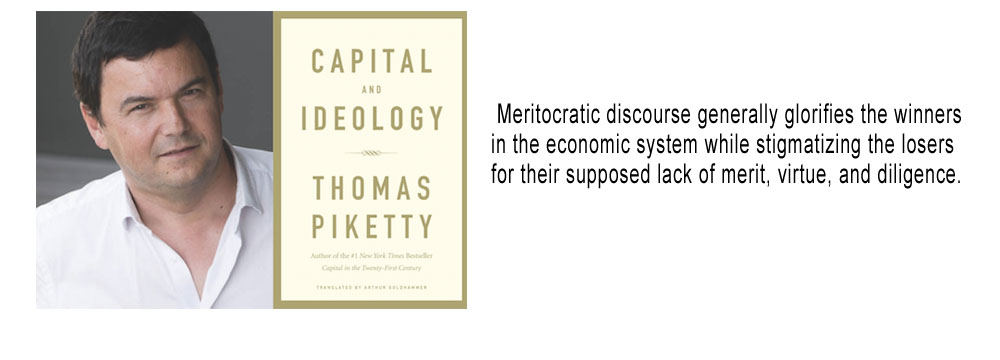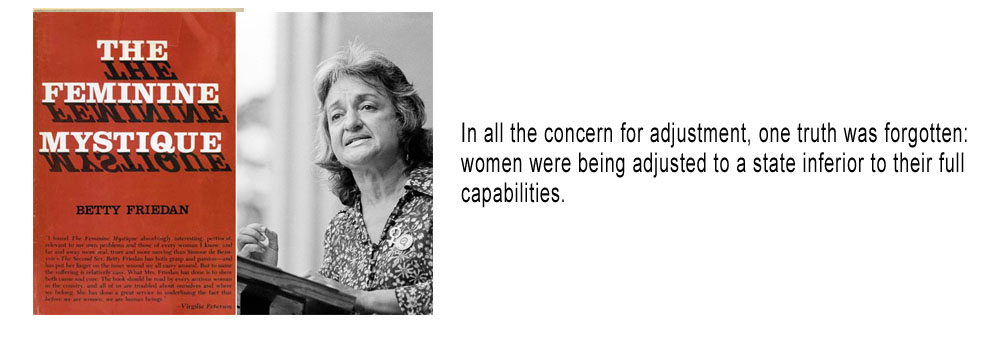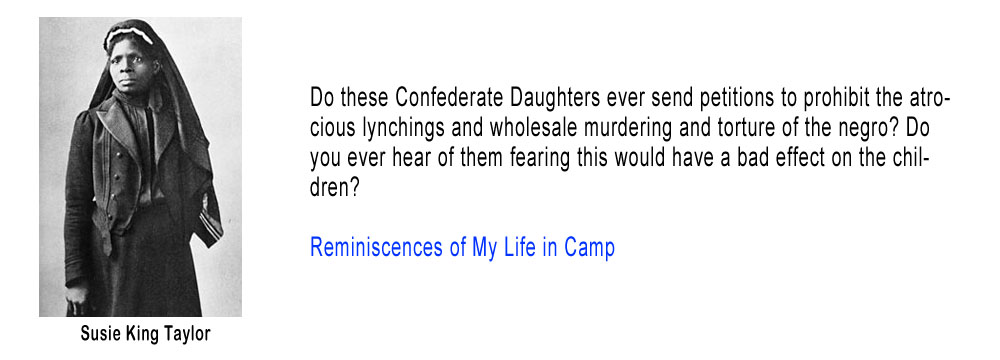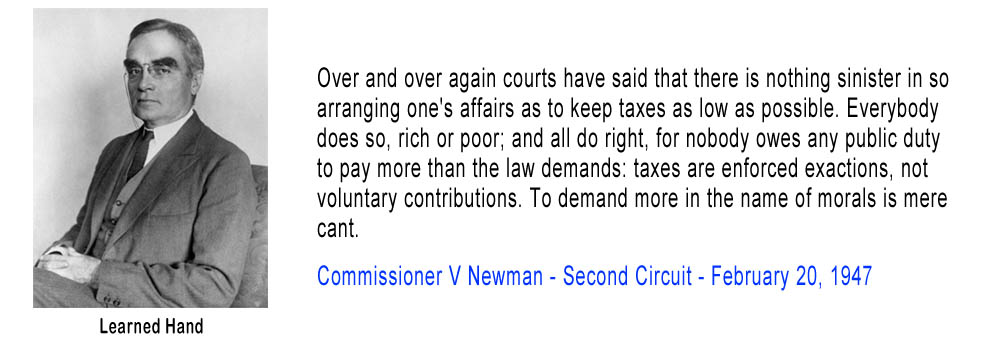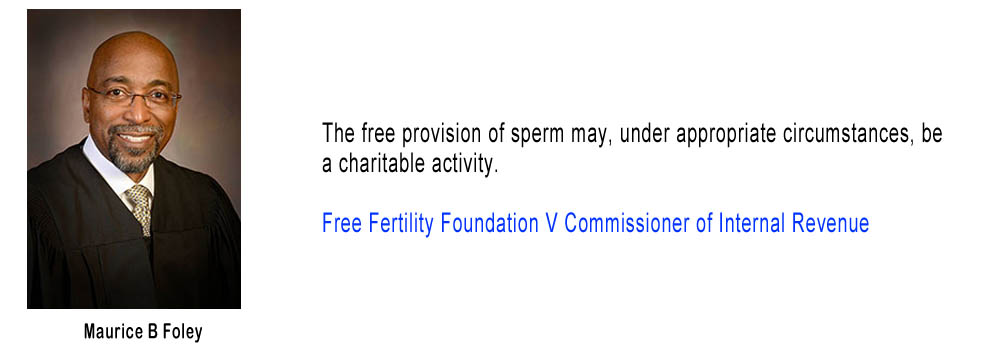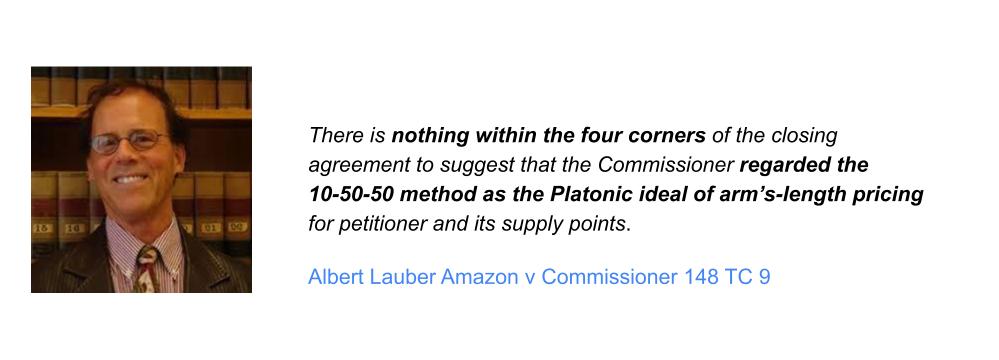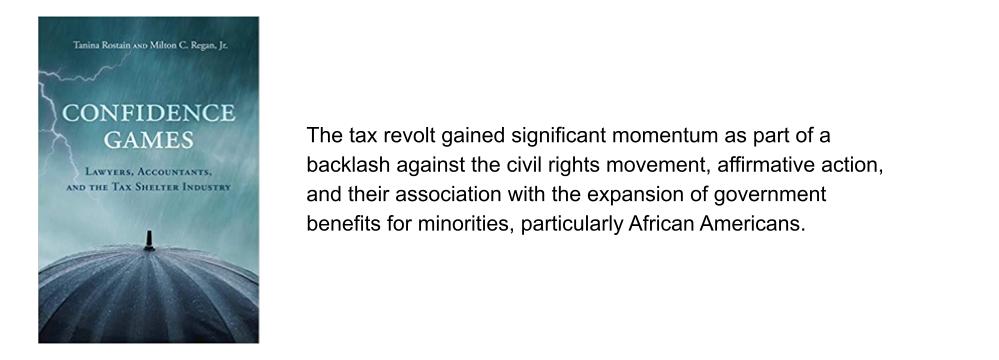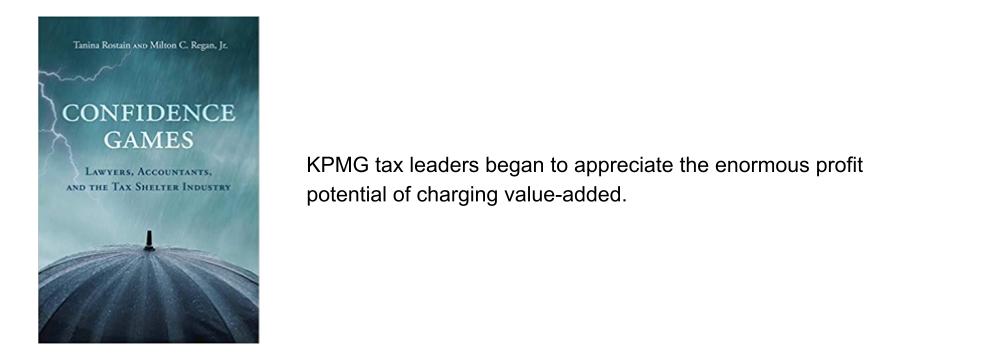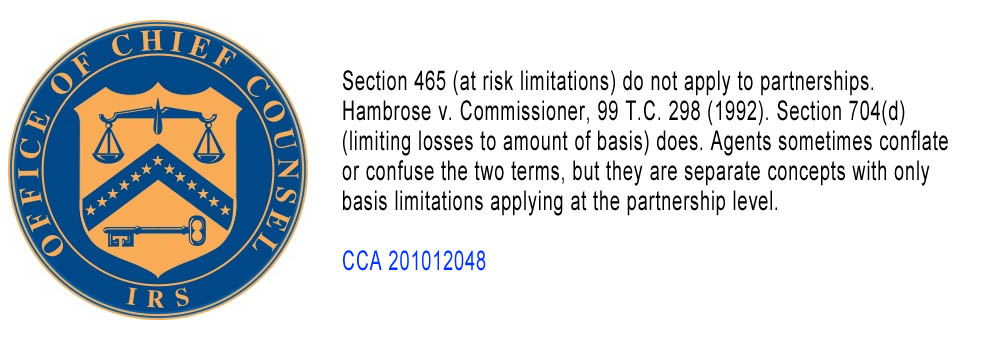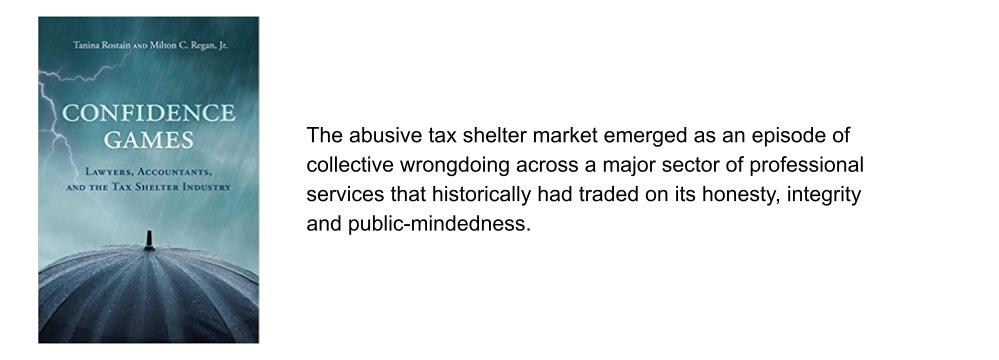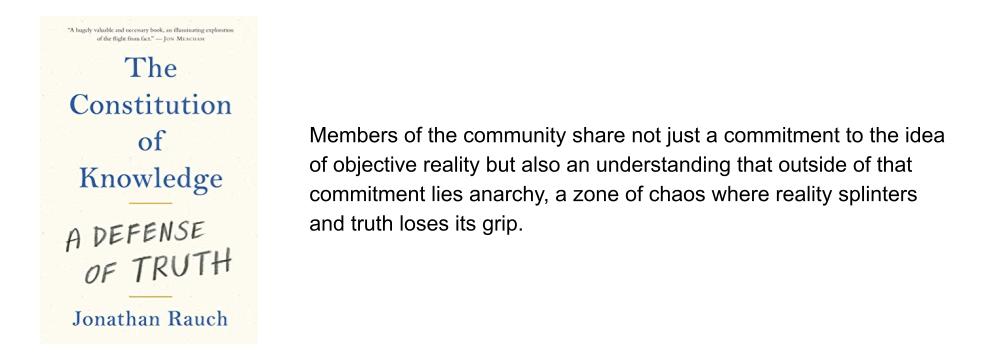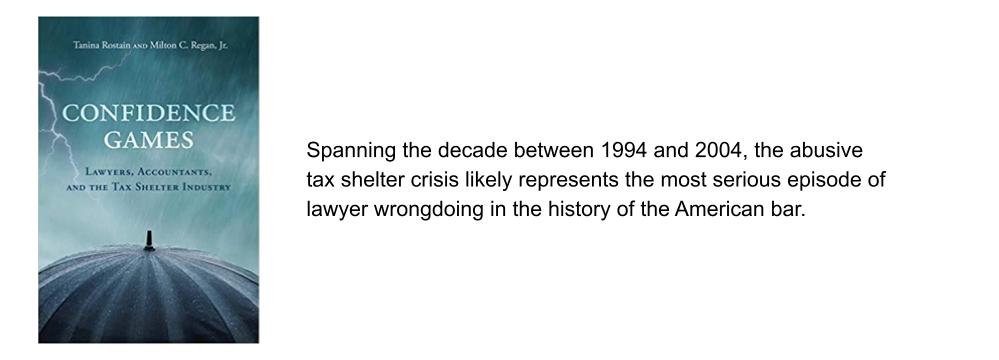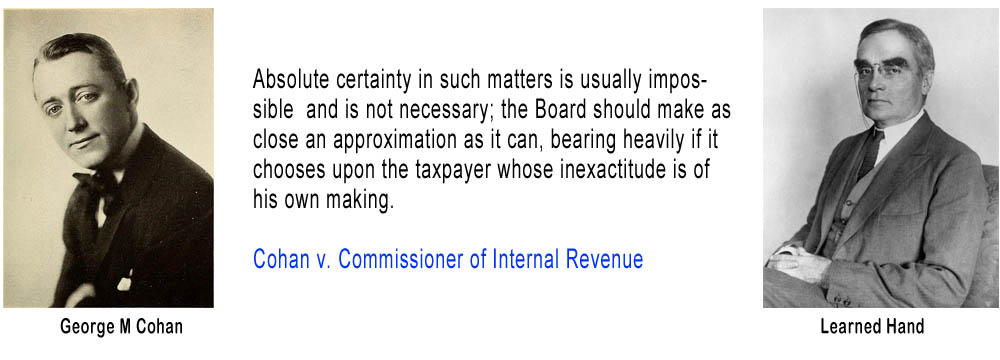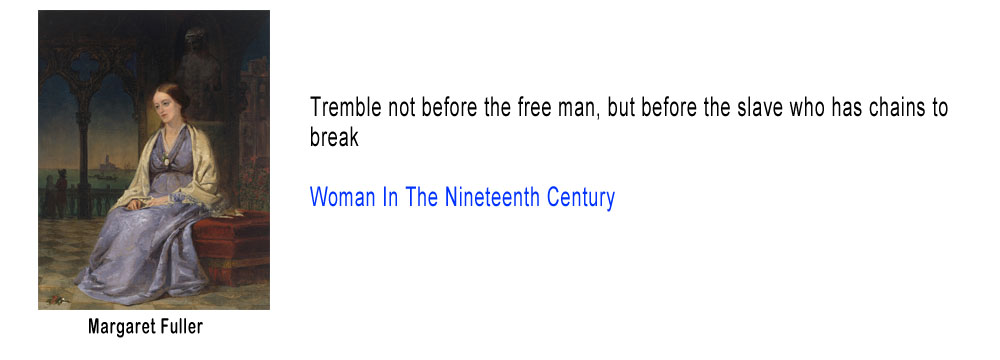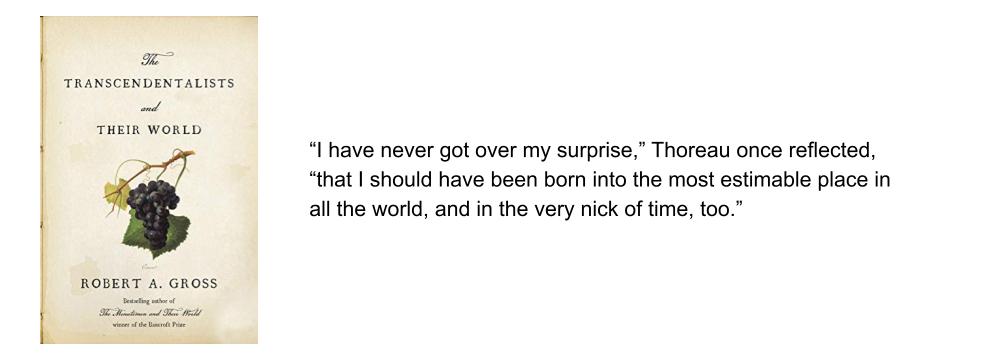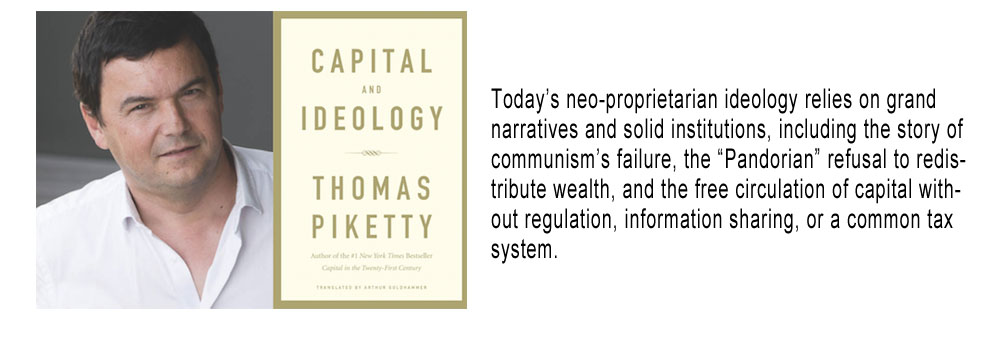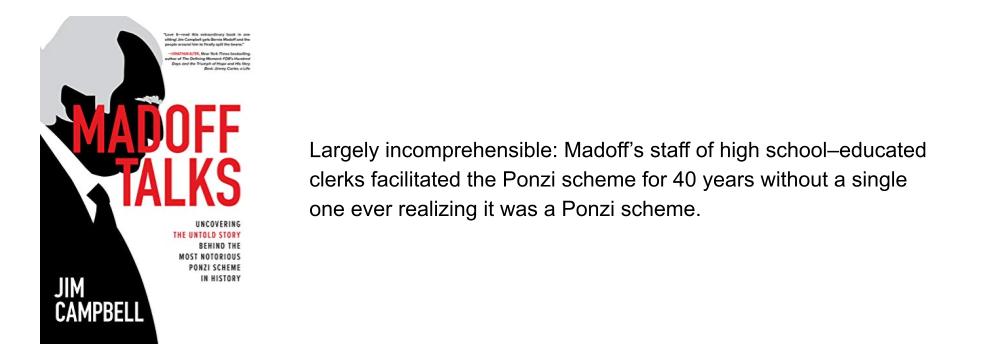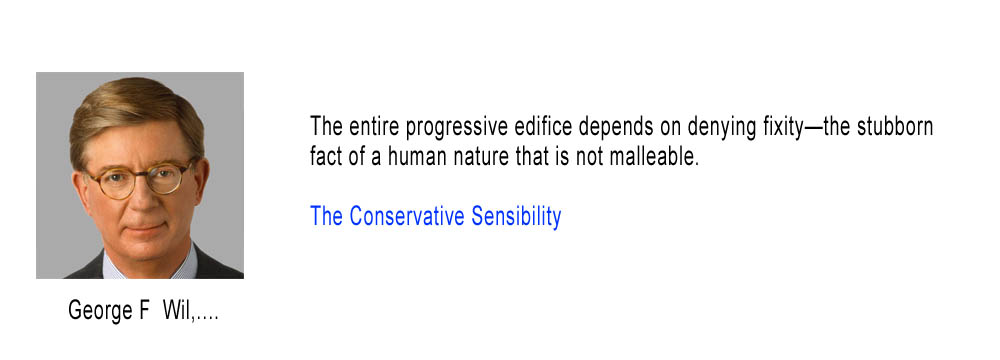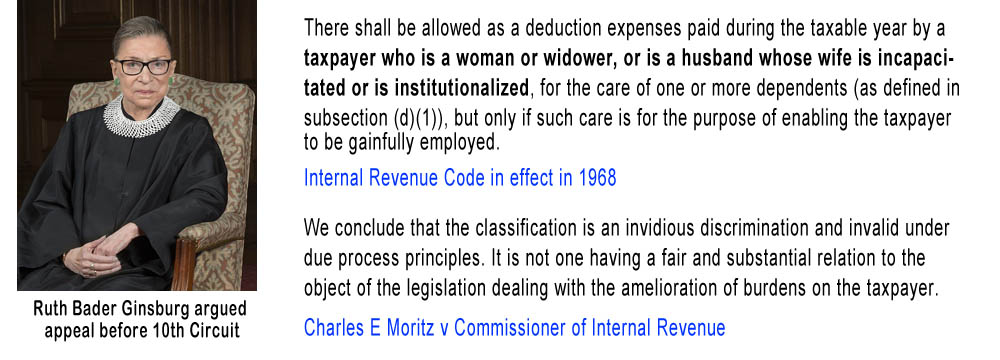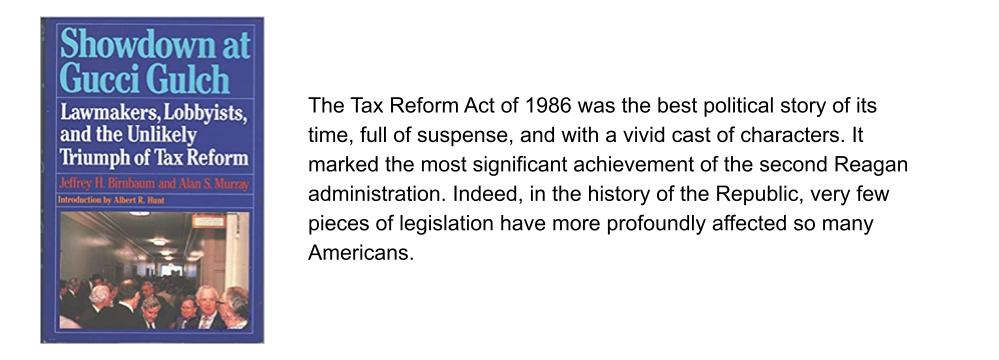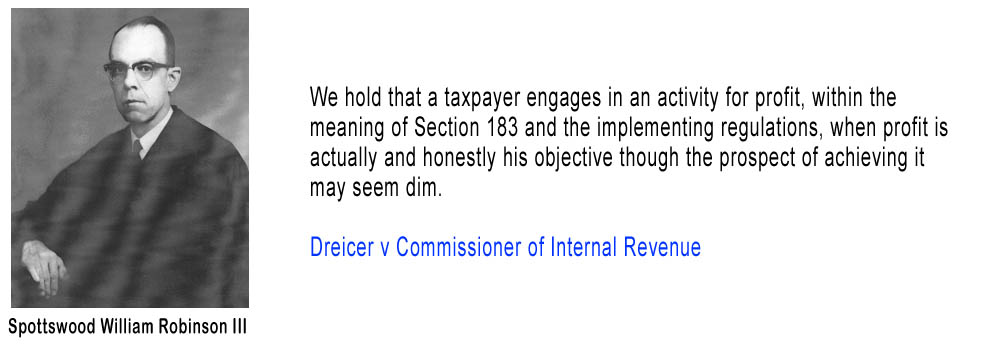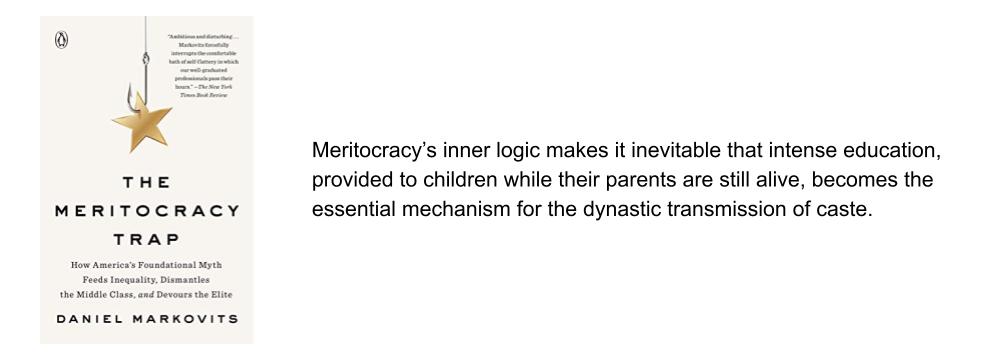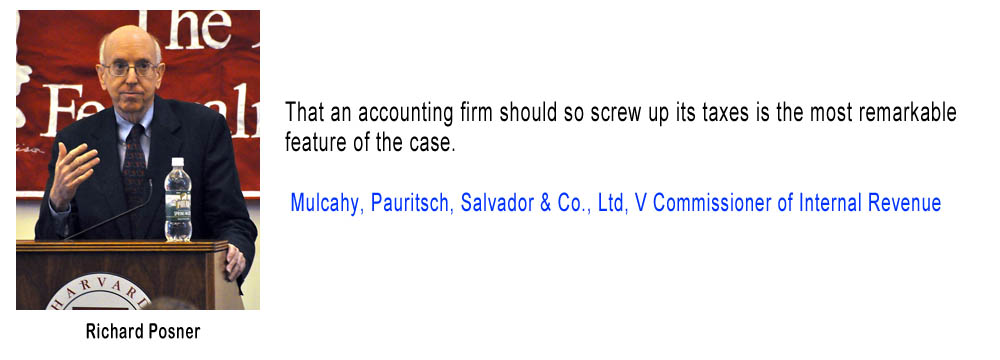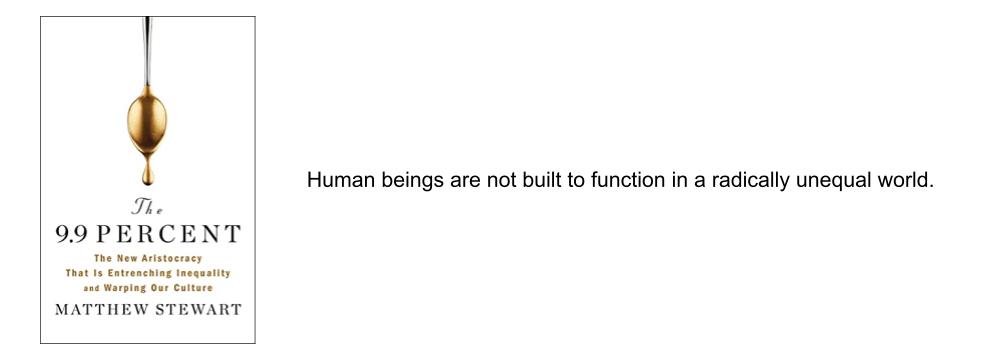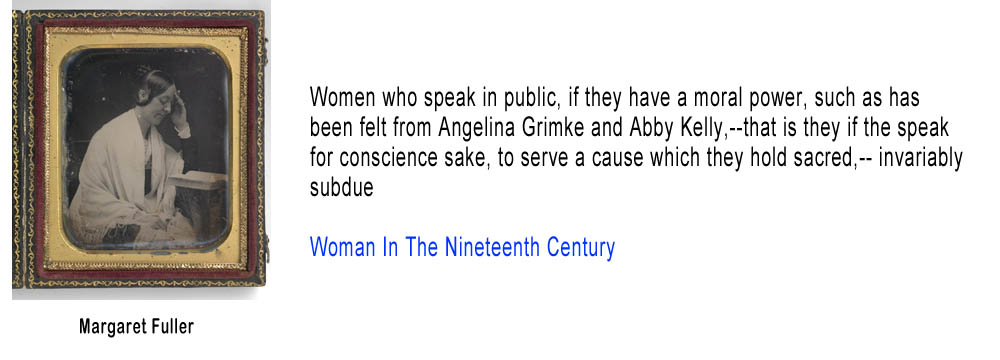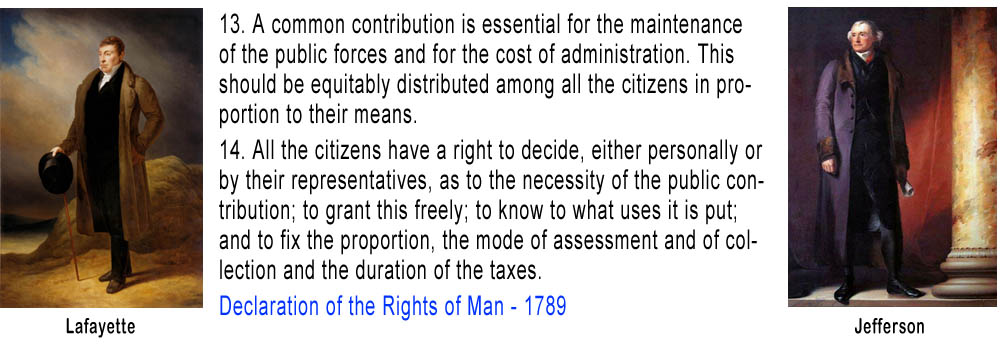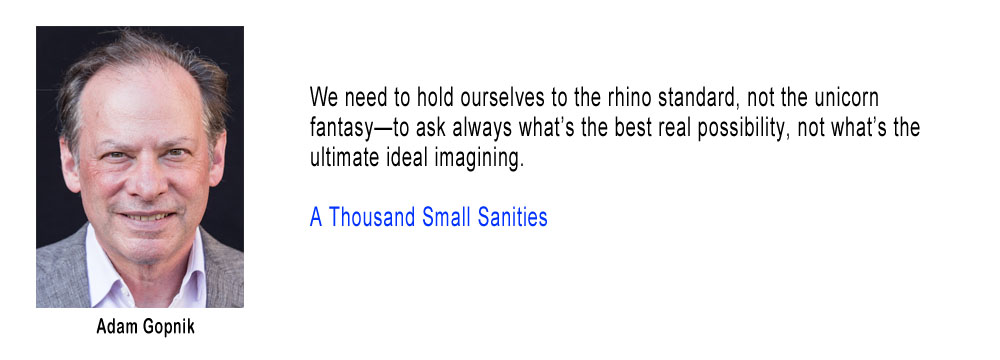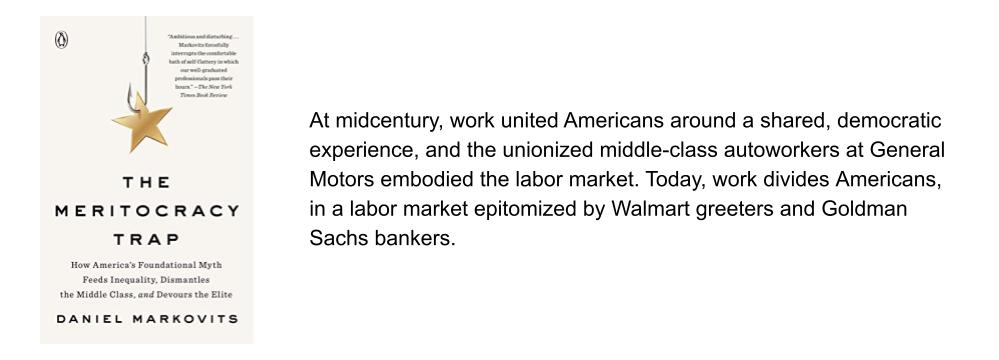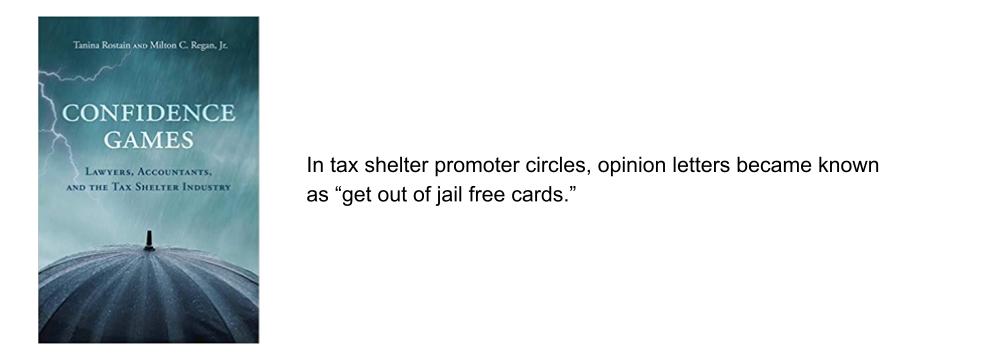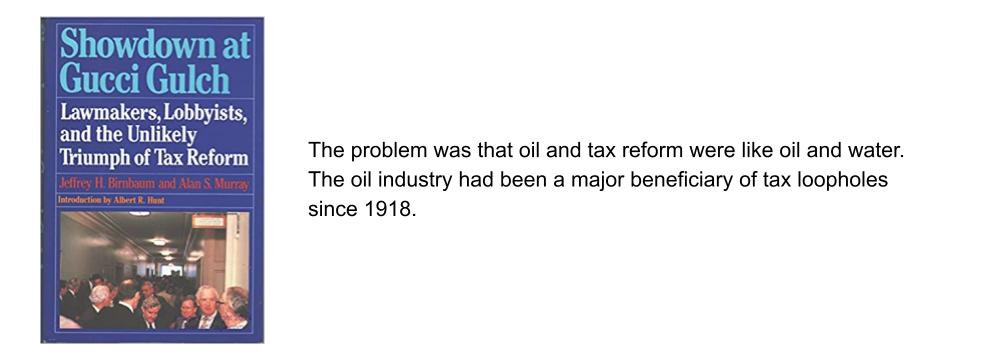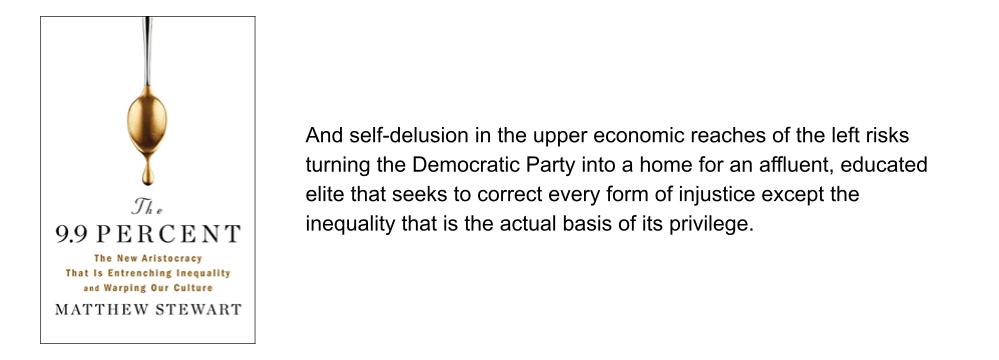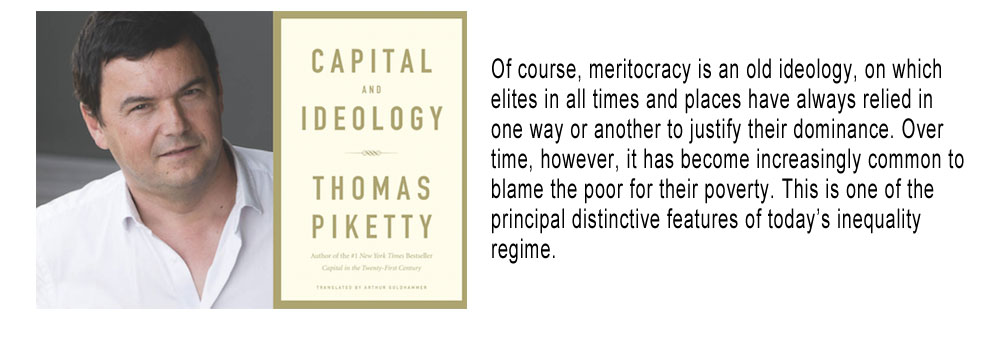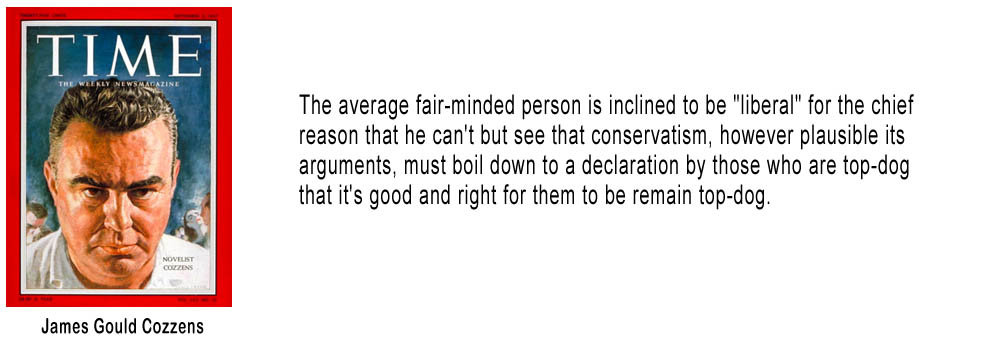Originally Published on forbes.com on November 2nd, 2011
______________________________________
A sure way to put someone to sleep is to explain double declining balance depreciation to them. There are some hard cases though. You could try sum of the years digits on them, but even better is to shift from depreciation to time value of money concepts and launch into a discussion of original issue discount. I’ll spare you. What original issue discount rules (OID) do is force borrowers and lenders to recognize income and expense systematically over the term of an obligation. The OID rules prevent interest deductions from being front loaded or the recognition of income from being too long deferred. Capital One wanted to retroactively use these rules to account for the late fees that it charges its customers.
Capital One has tried to distinguish itself from other credit card companies that come in and slaughter their customers with high interest charges:
Apparently Capital One relies on late fees to enslave its customers. Who knew ? The late fees were being accounted for as immediate increases in income when they were charged to customers. Capital One wants to spread the income recognition on the late fees out over the term of the debt peonage that the fees create rather than as an immediate gain. They also wanted to more quickly deduct the obligation they incur to provide extra goodies to their customers.
The recent case Capital One Financial Corp v Com gives us insight into the company’s ratio between reward and punishment:
This case presents two questions, each born of the efforts of Capital One, a credit card issuer, to defer significant tax liability. The first question is whether Capital One can retroactively change the method of accountingused to report credit-card late fees on its 1998 and 1999 tax returns in such a fashion as would reduce its taxable income for those years by roughly $400,000,000. The second is whether Capital One can deduct the estimated costs of coupon redemption related to its MilesOne credit card program before credit card customers actually redeem those coupons.
In 1998, Capital One’s estimated future redemption costs were $583,411 and in 1999, they were $34,010,086. The actual costs associated with redeemed coupons for those years were $1,578 and $315,513.
That is right. $400,000,000 in late fees compared to about $35,000,000 in future rewards.
Capital One lost on both the deferal and the deduction acceleration.
We cannot accept Capital One’s views on either of the questions herein. For the reasons that follow, we shall affirm the judgment of the Tax Court.
We cannot accept Capital One’s views on either of the questions herein. For the reasons that follow, we shall affirm the judgment of the Tax Court.
As to late-fee income, Capital One seeks to retroactively change accounting methods years after it selected and implemented an alternative method. The purported change would reduce Capital One’s taxable income for 1998 and 1999 by approximately $400,000,000. To allow such changes without the prior consent of the Commissioner would roil the administration of the tax laws, sending revenue projection and collection into a churning and unpredictable state.
Capital One’s fee revenues are not earned concurrently with coupon issuance and are unknown at the time miles are earned. For example, Capital One earns a large portion of its income from late fees or financecharges on cardholder loans, which are only charged if the cardholder does not pay the full monthly balance within an allotted period. It is unknown at the time the coupons are first issued whether a cardholder will incur any fees—and even if fees are later charged, it is undetermined when they will be paid. Therefore, at the time coupons are issued, there is no appropriate revenue against which to offset estimated coupon redemption costs.
What’s in your wallet ?

